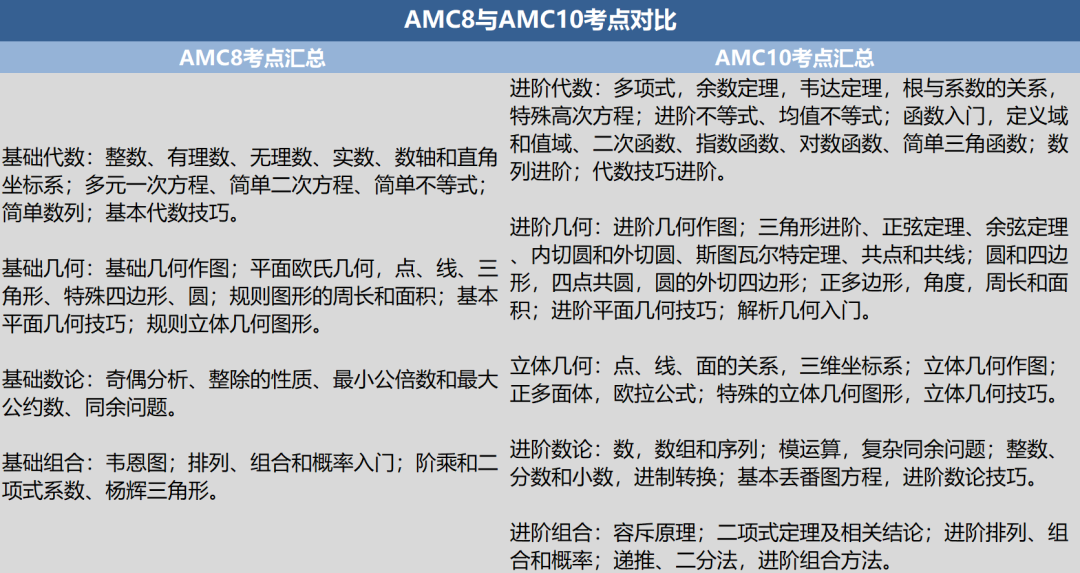The effect of Violent Video games on Adolescents' prosocial Behavior: The Important role of empathy
暴力电子游戏对青少年亲社会行为的影响: 共情的重要作用

研究概述
本研究探讨了暴力网络游戏与青少年亲社会行为和共情的关系。本章对研究概念进行了清晰的界定,综述了研究领域内广泛的前人研究成果,解释了游戏与心理行为的理论机制。研究采用EMP共情能力量表与Buss-Perry攻击倾向量表进行了一手调研,使用回归分析与相关分析统计多个变量之间的关系,验证了两个假设,展现了研究者的辩证思考。研究表明,随着暴力的频率、严重性和持续时间的增加,玩暴力网络游戏的青少年的同理心下降。暴力电子游戏与亲社会行为呈负相关,与攻击模式呈负相关。研究者呼吁:亲社会电子游戏增加亲社会的内容和行为,对人们产生了积极的影响,所以电子游戏本身没有好坏之分。最重要的是让电子游戏更好地为人类服务。
作者Author:梁海悦 Haiyue Liang
1.Introduction
Prosocial behaviors refer to those behaviors that benefit others, including helping others, sharing, comforting, donating, and cooperating (Eisenberg &Fabes, 1998). From the individual level, prosocial behavior has the function of enhancing individual self-esteem and realizing individual self-satisfaction (Yates & Youniss, 1996; Laible, Carlo, & Roesch, 2004); From the perspective of interpersonal relationship, prosocial behavior contributes to enhancing interpersonal communication, promoting interpersonal adaptation and interpersonal harmony (Campbell, Gulas, & Gruea, 1999; Kou Yu, Tang Lingling, 2004); From a social perspective, prosocial behavior is a symbol of social welfare and social responsibility, and is the foundation of harmonious social development and construction (Campbell et al., 1999; Kou Yu, Tang Lingling, 2004; Penner, Dovidio, Piliavin, & Schroeder, 2005).
A survey found that 85% of the games on the market contain Violent content, and 50% of the games contain excessive Violent elements (Savage, J. (2004), which explains the universality of Violent video games to a certain extent. Violent video games reduce players' prosocial levels by affecting their internal states, such as cognitive, emotional, and physical activation. General learning models assume that prosocial video games increase empathy and prosocial behavioral tendencies, and increase prosocial emotions and cognition.
2.Literature Review
2.1Theory of different video games influencing human psychological behavior mechanism
-
General Attack Model (GAM)
The General Aggression Model (GAM) is developed by Anderson and Bushman in the article in 2002. The generation of aggressive behavior is the result of the joint action of situational factors (such as a game) and personal factors (such as personality traits), and the interaction between the two can change the internal state of the individual (such as physiological arousal, emotion, and aggression), resulting in aggressive behavior. Studies have found that violent video games can enhance players' cognitive, emotional and physiological arousal levels of aggressive behavior, and weaken game operators' prosocial behavior levels (Bushman &Anderson,2002)
-
General Learning Model (GLM)
The general aggression model can only explain the effects of violent video games on cognitive emotion and behavior, but cannot explain the effects of video games on prosocial behavior. General Learning Model (Buckley& Anderson,2006) believes that the nature of media's effect on people is determined by the nature and content of media itself. According to the general learning model, the influence of video games on individual behavior is produced through learning. This model can explain not only the effects of violent video games on aggressive behavior but also the non-violent or educational effects of prosocial video games.
3.Primary research method and hypothesis
The independent variable of this study is the relationship between the behavior of playing violent online games and the level of aggression. The dependent variable was adolescents' empathy ability. The control variables were age, sex, family, and other demographic variables. This paper uses survey and quantitative analysis methods to examine the influence of violent online games on adolescents' prosocial behavior and the important role of empathy in it.
The first questionnaire is the professional EMP Empathy ability test questionnaire. There are 18 questions, and different answers to each question are given different points. The second questionnaire, the Aggression Test, surveyed 100 teenagers about their propensity for violence and aggression to demonstrate the relationship between violent video games and empathy. The aggression scale is divided into four dimensions to describe the tendency of physical aggression, verbal aggression, anger and hostility.The two questionnaires will be compared and demonstrated with each other to find the relationship between empathy and violent emotions, and whether violent video games affect teenagers' empathy.
Based on relevant theories, the following hypotheses are formulated in this paper:
Hypothesis 1: Violent online games will affect the degree of Violent behavior of teenagers.
Hypothesis 2: Violent online games negatively affect prosocial behavior: decreased empathy.
4.Results
4.1Regression analysis of violent video games, empathy, and prosocial behavior
| The regression equation | Significance of regression coefficient | ||
|---|---|---|---|
| The results of variable | Predictor variable | β | t |
| Prosocial behavior | Violent video games | -0.134 | -3.262 |
| empathy | Violent video games | -0.41 | 0.995 |
| Prosocial behavior | Empathy | 0.422 | 11.788 |
Table 1: Regression analysis of violent video games, empathy, and prosocial behavior
As shown in table 1, violent video games significantly negatively predicted prosocial behavior (β=-0.134, p<0.05), and significantly predicted empathy (β=-0.041, p,0,05). These results suggest that empathy plays a significant role in the relationship between violent video games and prosocial behaviors.
The results showed that the prosocial behavior of the people with different empathy abilities was significantly different, that is, the level of prosocial behavior would be improved when individuals considered from the perspective of others and put themselves in others' shoes. This result is consistent with the empathy-altruism hypothesis.
The effect of violent video games on the aggression of the participants varies according to the level of empathy, the higher the empathy, the less significant the aggression; The lower the empathy, the more significant the attack.
4.2 Analysis for Hypothesis 1
Considering the influence of demographic variables, net correlation analysis and statistics are needed to explore the correlation between playing violent online games and violent behavior tendencies.
The relationship between the level of violence in games and the tendency of violent behavior still exists, that is, the higher the level of violence in games, the more adolescents agree with the violent behavior in games. Hypothesis 1 is confirmed. However, the relationship between the frequency of violent online games and propensity for violent behavior disappeared when demographic variables were added (see Table 2). Thus, there is no significant correlation between the frequency of solitary gaming and the propensity for violent behavior, and the positive correlation previously shown by control may be influenced by demographic variables.
Table 2:Correlation analysis between violent online games and the degree of violent behavior of teenagers.
| The act of playing violent online games | Tendency to violent behavior |
| Internet age | .042(^) |
| frequency of game playing | .112(*) |
| length of game playing | .045(^) |
| level of game violence | -.165() |
Table 3: Spearman’s Correlation analysis between violent online games and the degree of violent behavior of teenagers.
| The act of playing violent online games | Before control | Gender | Age | Family | Control for population variable conditions |
| Frequency ofgame playing | .112(*) | .110(*) | .108(*) | .113(*) | .108(^) |
| Level of game violence | -.165() | -.162() | -.164() | -.167() | -.167() |
4.3 Analysis for Hypothesis 2
It can be seen from Table 4 that both the level of violence in games and the frequency of playing violent video games harm adolescents' empathy, and the level of violence in games is the most significant. Hypothesis 2 is confirmed.
Table 4:Spearman’s Correlation analysis between Violent video games and empathy
| The level of empathy | Before control | Gender | Age | Family | Control for population variable conditions |
| Frequency of game playing | .113(*) | .109(*) | .115(*) | .112(*) | .112(*) |
| Level of game violence | -.077() | -.075() | -.070() | -.72() | -.074() |
5.Conclusion
According to the above statistical analysis data, with the increase of exposure to violent online games, teenagers are more likely to have violent emotions. At the same time, we find that there is no obvious correlation between the tendency to violence and the Internet age, but there is a positive correlation between the degree of violence and games. Finally, as the frequency, severity, and duration of violence increased, the empathy of adolescents who played violent online games decreased.
We can conclude that teenagers will have anger, aggression, and other emotions after playing violent online games, and have a tendency to violence. But the actual violence is subtle and enduring. Violence and aggression are certainly opposites of empathy, so the more teens engage in violent online games, the lower their empathy.
Bibliography
2.Batson, C. D., Thompson, E. R., & Chen, H. (2002). Moral hypocrisy: Addressing some alternatives. Journal of Personality and Social Psychology, 83(2), 330–339.
3.Campbell, L., Gulas, C. S., & Gruca, T. S. (1999). Corporate giving behavior and decision-maker social consciousness. Journal of Business Ethics, 19(4), 375-383.
4.Eisenberg,N.,& Fabes,R.A (1998) .Prosocial development.In W.Damon (Series Ed.)& N. Eisenberg (Vol.Ed.) , Handbook of child psychology: Vol. 3. Social,emotional,and personality development ( 5th ed. , pp. 701 - 778) .New York.
5.Laible, D. J., Carlo, G., & Roesch, S. C. (2004). Pathways to self-esteem in late adolescence: The role of parent and peer attachment, empathy, and social behaviours. Journal of Adolescence, 27(6), 703–716.
6.Kou yu Tang lingling (2004). The influence of mood on prosocial behavior. Journal
of Beijing Normal University (Social Science edition), (5), 44 -- 49
7.McMahon, S. D., Wernsman, J., & Parnes, A. L. (2006). Understanding prosocial behavior: The impact of empathy and gender among African American adolescents. Journal of Adolescent Health, 39(1), 135–137.
8.Penner, L. A., Dovidio, J. F., Piliavin, J. A., & Schroeder, D. A. (2005). Prosocial behavior: Multilevel perspectives. Annual Review of Psychology, 56(1), 365–392.
9.Tantam, D. (1995). Empathy, persistent aggression and antisocial personality disorder. The Journal of Forensic Psychiatry, 6(1), pp.10–18.
10.Yates, M., & Youniss, J. (1996). A developmental perspective on community service
in adolescence. Social Development, 5(1), 85–111.










